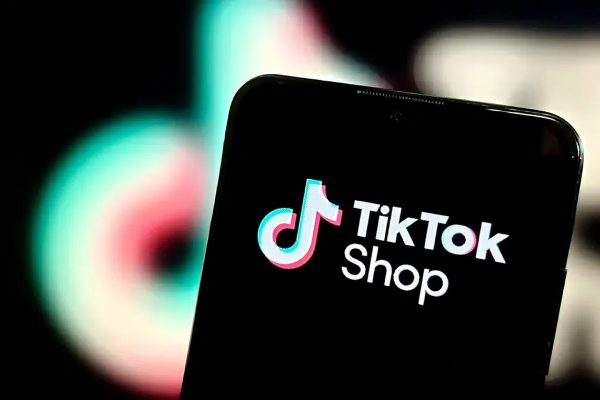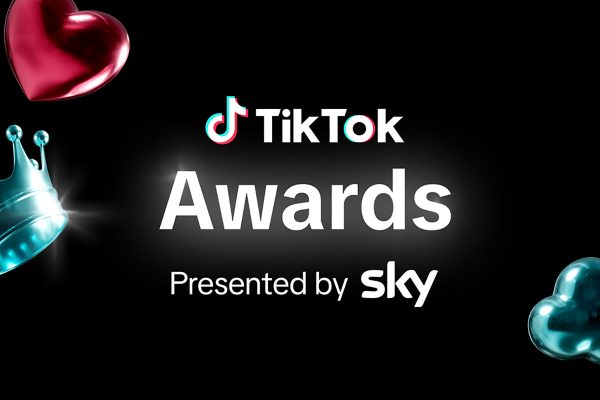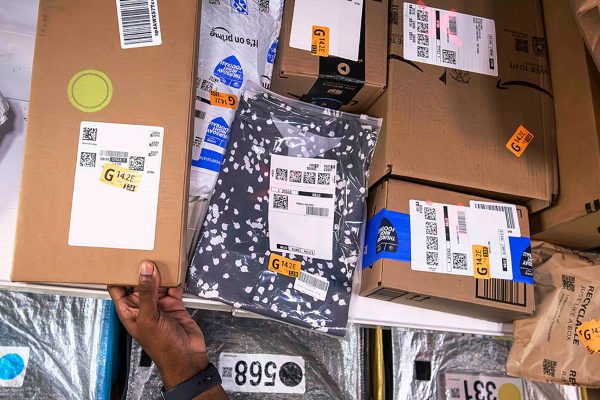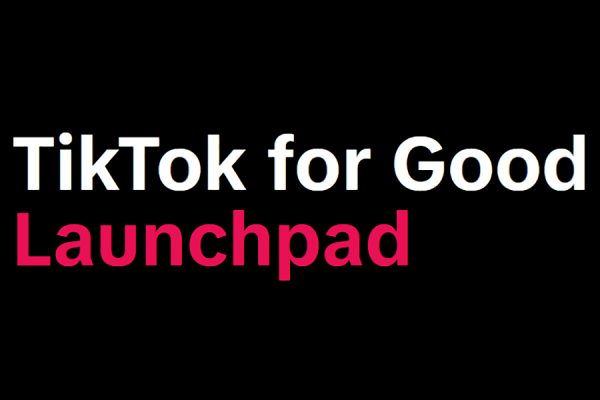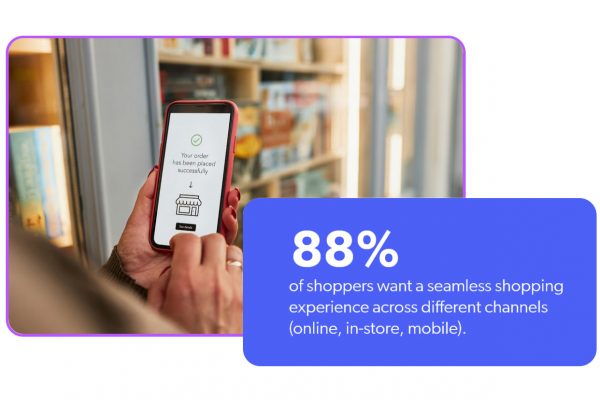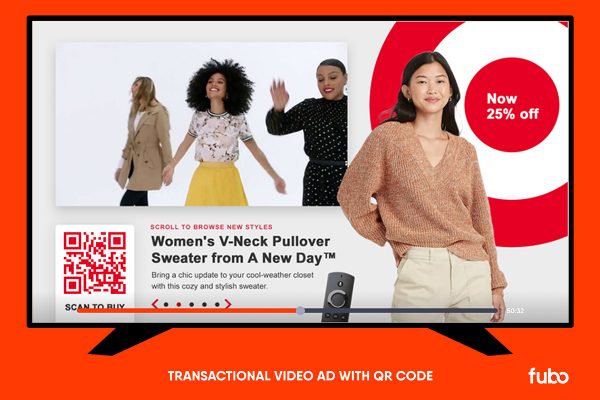Creators are naturally using AI-generated content to enhance their creativity, and to support this TikTok want transparent and responsible content creation practices. As part of that effort, they are investing in media literacy to empower creativity while giving people important context about content they’re viewing.
TikTok have begun launching a new tool to help creators label their AI-generated content and are starting to test ways to label AI-generated content automatically.
AI enables incredible creative opportunities, but can potentially confuse or mislead viewers if they’re not aware content was generated or edited with AI. Labeling content helps address this, by making clear to viewers when content is significantly altered or modified by AI technology. That’s why we’re rolling out a new tool for creators to easily inform their community when they post AI-generated content.
The new label will help creators showcase the innovations behind their content, and they can apply it to any content that has been completely generated or significantly edited by AI. It will also make it easier to comply with our Community Guidelines’ synthetic media policy, which we introduced earlier this year. The policy requires people to label AI-generated content that contains realistic images, audio or video, in order to help viewers contextualize the video and prevent the potential spread of misleading content. Creators can now do this through the new label (or other types of disclosures, like a sticker or caption).
– TikTok
To drive more clarity around AI-powered TikTok products, they are also renaming TikTok AI effects to explicitly include “AI” in their name and corresponding effects label, and updated their guidelines for Effect House creators to do the same.
TikTok’s goal is to build on existing content disclosures – such as TikTok effects labels – and find a clear, intuitive and nuanced way to keep our community informed about AI-generated content. In reality, people go to TikTok for engaging content to keep themselves entertained, and AI-generated content has the ability to take this to new levels. What TikTok want is to ensure consumers can differentiate between between reality and AI-generated content.
TikTok say that they will continue to iterate as they evaluate the impact of these updates and work with the community to safely navigate the recent advancements of AI-generated content together

